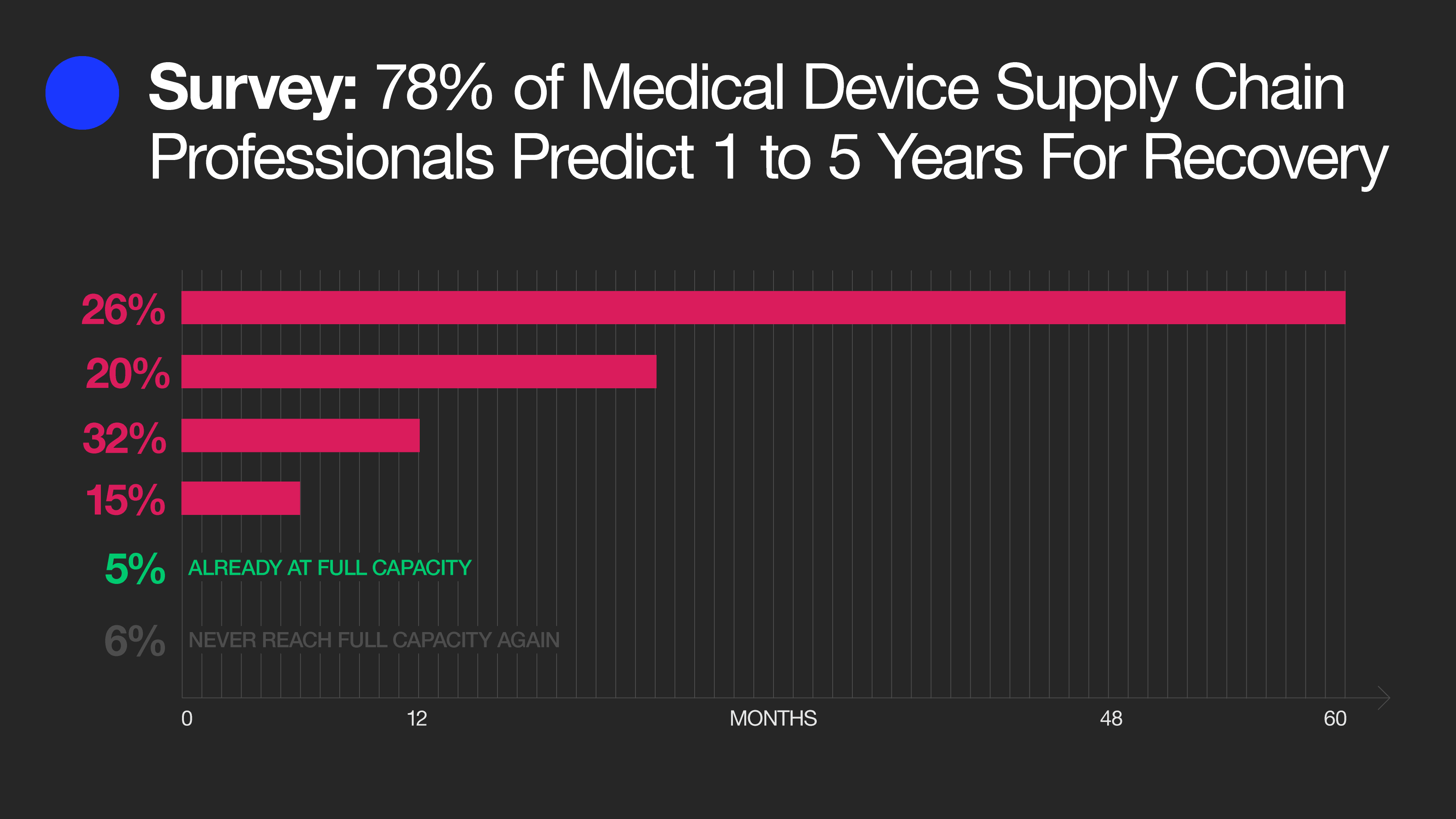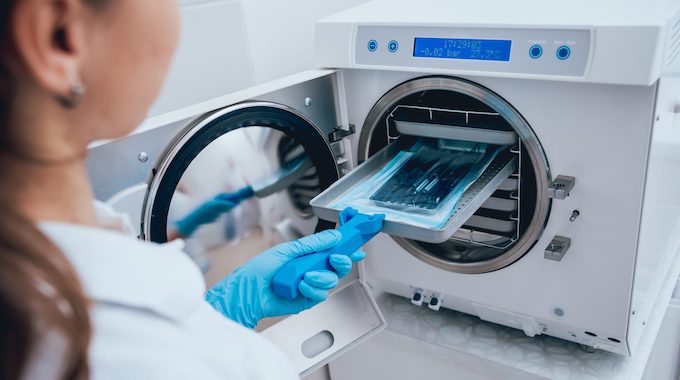- Solutions
ENTERPRISE SOLUTIONS
Infuse new product development with real-time intelligenceEnable the continuous optimization of direct materials sourcingOptimize quote responses to increase margins.DIGITAL CUSTOMER ENGAGEMENT
Drive your procurement strategy with predictive commodity forecasts.Gain visibility into design and sourcing activity on a global scale.Reach a worldwide network of electronics industry professionals.SOLUTIONS FOR
Smarter decisions start with a better BOMRethink your approach to strategic sourcingExecute powerful strategies faster than ever - Industries

Compare your last six months of component costs to market and contracted pricing.

- Platform
- Why Supplyframe
- Resources
The medtech sector is among the hardest hit by the global pandemic, resulting in historic demand spikes, untold shortages, but also unparalleled innovation and collaboration from people around the world. With the pandemic still a reality in our day-to-day lives, recovery seems like a distant goal.
Despite this, the situation we find ourselves in presents opportunities to better understand the nature of the medtech industry, its supply chains, and what elements failed us during this time of extreme circumstances. To gather this kind of data, Supplyframe surveyed 200 supply chain professionals from medical device manufacturers across North America, to capture a snapshot of where we stand what concerns still remain, all for the purpose of illuminating a path forward for the industry as whole.
Addressing Shortages, Vulnerabilities, and Familiar Challenges
One of the questions presented to survey participants was one that asked them to predict how long it would take supply chains to reach full capacity. The results presented a mixture of optimism and outliers:
- 32% of respondents believe it will take 6-12 months to reach full capacity
- 26% believe it will take between 2-5 years
- 20% believe it will be 12 months to 2 years
- 15% report a timeline of 3-6 months
- 5% already believe we’re back at full capacity
- 6% doubt we will ever reach full capacity again.
The vast majority predict a recovery that could take years, while a small percentage believe we are either back at full capacity, or that we will never reach that point again. Pulling our focus out slightly, we also must consider that ongoing challenges are still a factor.

Our survey participants shared their concerns as well regarding issues we know all too well in the modern supply chain:
- 82% are concerned about tariffs on China and how this will affect PPE and medical devices
- 30% believe manufacturing capacity will need to grow in the U.S.
- 26% predict that sourcing will become increasingly difficult
- 20% foresee continued product shortages
- 14% predict limited component/parts availability
These concerns are both an ongoing factor, and things that have been exacerbated by the ongoing health crisis. Recovery can only happen once we, as an industry, decide on a collective focus. In response to this question, the top answers offer a few avenues:
- 19% plan to increase qualifications of multiple suppliers and sources of supply in the product design phase going forward.
- 16% recommend a supply chain redesign to source locally
- 15% plan to improve qualifications of suppliers and the review process
- 12% seek to improve visibility of supplier inventory, capacity, and lead times
- 10% will look to restructure supply chains with second sources
Looking at these responses, it’s clear that organizations have some specific goals in mind around visibility and de-risking the sourcing process through strategies like sourcing locally or diversifying your suppliers.
While these are sound options, they are merely goals without any kind of data or intelligence to empower real changes. Until we embrace this digital transformation, the industry will continue to face challenges.
Connecting The Dots Between Data and Risk
The industry has long dragged its feet as the call to embrace digital transformation looms on the horizon. The events of 2020 have accelerated all of these things, bringing the need to transform into the focus of organizations across the globe.
Supplyframe’s Design-to-Source intelligence network captures and extracts real-time data surrounding intent, demand, and supply to provide critical intelligence when it’s needed most. During this global crisis, our solutions offered a way for NASA’s JPL to address ventilator shortages in the early months of the pandemic, but this is just one example.
As we move forward towards recovery, we have an opportunity to learn from our mistakes, to embrace digital transformation, and ultimately build the resilient, reliable, and robust supply chains we’ve always needed, now more than ever.



